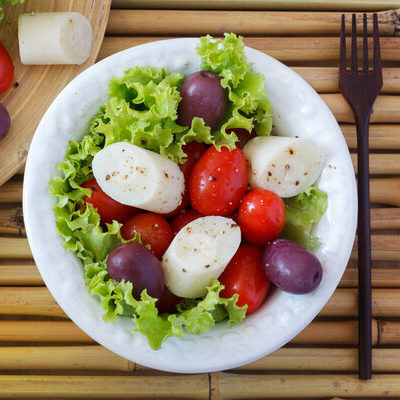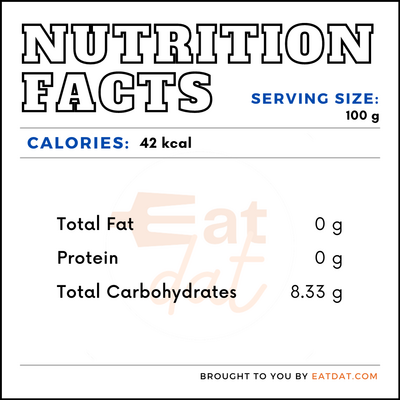
Heart of Palm
also known as Swamp Cabbage, Burglar’s Thigh, Palm Heart, Palmito
What is Heart of Palm?
Heart of palm is a vegetable harvested from the core of special varieties of palm trees. This vegetable is white and smooth and looks similar to asparagus spears. Its flavor is comparable to artichokes.
- Heart of palms are commonly sold canned or jarred.
- This vegetable is eaten raw in salads for its light and delicate flavor but can also be consumed boiled or fried.
Some palm tree varieties that provide this vegetable include:
- Coconut palms
- Açai palms
- Sabal palms
Origin of heart of palm
This vegetable originates from Central and South America. The consumption of this vegetable can be traced back thousands of years, even before Christopher Columbus’s arrival. There are records of its existence in Asia, as well. Locals in India consumed both the nuts and heart of the Sabal Palmetto tree, and the bark of palm trees was used as a building material. It also has a long history in Florida, where it was eaten in large quantities during the Great Depression. During the pre-Columbian era, this white vegetable was an essential source of food.
Nutrition
A 100g serving of heart of palm contains:

This vegetable is cholesterol-free and low in calories. It contains vitamins and minerals like potassium, phosphorus, copper, and zinc, which help boost overall health. This white vegetable is also high in antioxidants and may aid weight loss. However, as there is not a market for fresh vegetables, the canned versions are usually processed with salt and preservatives that can reduce their health benefits.
Usually, this has little to no side effects but people with food allergies should be wary, as it may cause a reaction. This vegetable contains a high amount of fiber that is good for the body, but should be consumed moderately. Overconsumption of fiber can cause digestive discomfort.
Commercial production
In 2019, 113.3 metric tons of this vegetable were produced in Brazil. This vegetable cannot be cultivated directly because it is extracted from planted palm trees. Harvesting it involves cutting down an entire palm tree. Then, the bark is removed, leaving the core. After that, it is further processed by manufacturers and transferred to a can or jar and preserved for sale.
The fresh variety of this vegetable should be wrapped in a bag and stored immediately in the fridge. Since it is rarely bought fresh, you can also keep it in a jar or can. Once opened, store the hearts of palm inside the refrigerator. If properly stored, this vegetable could last for up to two weeks.
Heart of palm recipes
This vegetable’s flavor complements an array of foods. Here are some popular recipes:
- Hearts of Palm Cake
- Hearts of Palm and Avocado Salad
- Spicy and Seared Hearts of Palm Rounds
- Hearts of Palm Soup
- Heart of Palm Calamari
FDA Regulation
The FDA does not have a standard of identity for heart of palm. However, it does offer guidance for how to label palm heart. Furthermore, since heart of palm has an acid level above 4.5, the processed vegetable made available for commercial purposes is considered a low-acid canned food by the FDA. Manufacturers of this vegetable are expected to register and file a scheduled process with the FDA.
References
Turner, Danielle. “Ingredient Spotlight: Hearts of Palm.” MICHELIN Guide, MICHELIN Guide, 24 Sept. 2019, guide.michelin.com/us/en/california/article/features/hearts-of-palm-food-ingredient.
Bovi, Marilene L.A., et al. “Adequate Timing for Heart-of-Palm Harvesting in King Palm.” Horticultura Brasileira, Associação Brasileira De Horticultura, July 2001, www.scielo.br/scielo.php?script=sci_arttext&pid=S0102-05362001000200008.
Center for Food Safety and Applied Nutrition. “Acidified; Low-Acid Canned Foods Guidance Documents & Reg Information.” U.S. Food and Drug Administration, FDA, www.fda.gov/food/guidance-documents-regulatory-information-topic-food-and-dietary-supplements/acidified-low-acid-canned-foods-guidance-documents-regulatory-information#:~:text=Federal%20Regulations%20require%20commercial%20processors,product%2C%20product%20style%2C%20container%20size.
